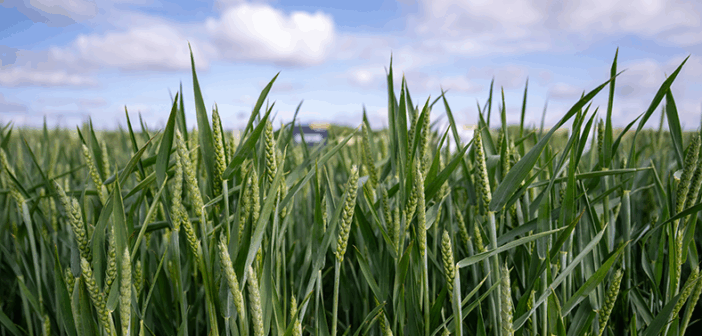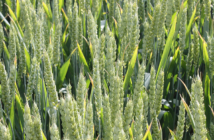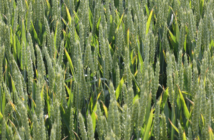A challenging year has highlighted the performance of wheat varieties in less-than-ideal conditions and left farmers contemplating their sowing choices this autumn. CPM catches up with members of RAGT’s Growers Club across the UK, to learn how different varieties performed on farm.
Goldfinch fits perfectly into BYDV-risk, early drilling slot
An autumn deluge had more impact on yields than a spring drought for Kent grower Richard Budd. Crops that established well before 130 mm of rain at the end of September into early October have generally yielded well.
“Oilseed rape was excellent – it’s always been good for us, but this year has been really good,” Richard says. “Winter barley was also good because it was drilled in the narrow September drilling window before the rain.”
Winter wheat, with the exception of the relatively small amount drilled in that same September window, was much more impacted by the rain, with headlands and some parts of fields not recovering from lying wet.
“Yields were down over 2 t/ha on our usual 9.5-9.7 t/ha,” Richard says. “A lot of that I can attribute to the missing headlands because of the wet autumn on our heavy Weald clay soils. On lighter, sandy patches the drought also had impact, and it was really ugly.”
One bright spot was the performance of RGT Goldfinch, which Richard values for being cheap to grow, not requiring any insecticides, and having robust disease resistance, making it a useful option for early drilling on challenging land, where he’s not confident of applying sprays to protect against barley yellow dwarf virus in the autumn.
“But that doesn’t tell the whole story,” Richard says. “It was on some heavier land and the headlands didn’t come to much unfortunately. But where the crop was good in the middle of the field, it was yielding as well as the best of KWS Extase and SY Cheer. I was seeing 10, 11, and 12s on the yield meter, which I know is fairly well calibrated, so it can yield.”
Quality was also good with specific weights in the high 70s to low 80s, and a grain protein, which he suspects will reach milling quality specification. That means Goldfinch has its place on the farm, with around 110ha due to be drilled this coming autumn, including a block of marshland that is better drilled in September to get it well-established.
“It likes being drilled early as it is quite a slow developer, but it tillers well and if we don’t get back with an insecticide, I know it’s not going to fall apart with BYDV, which is important. After seeing what looked like BYDV on the flag leaf in Crusoe very late last year, I wonder about how much yield we lose to transient BYDV infections, which no one can tell you. But with Goldfinch you don’t get that problem.”
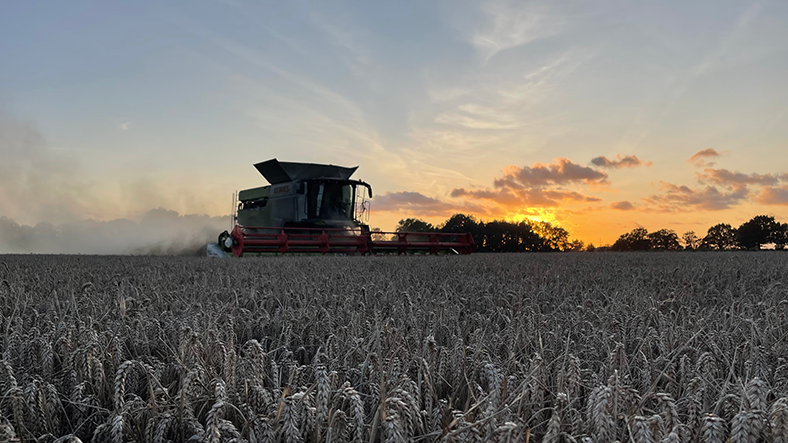
He was also able to save around £75/ha on fungicides compared with other varieties on the farm this season, helped by its good disease resistance, he says. “When new fungicides are £50-60/ha, that needs considering.”
Add in a Sustainable Farming Incentive payment for no-insecticide, and it fits well into his needs, he concludes.
Specific weight wins spurs greater interest in RGT Hexton
Higher specific weight grain is encouraging Norfolk farmer Ken Goodger to grow a larger area of RGT Hexton next season, after a small trial area was combined this harvest.
With potato harvest the priority during autumn on the 320ha farm on the Norfolk / Cambridgeshire border, wheat drilling tends to be later in autumn, and it was no different in autumn 2024 when it began in mid-November.
“It was a first wheat following the perennial herb camomile,” Ken says. Initially, Redwald looked stronger, with RGT Hexton suffering from slug damage. “The Redwald seed was treated with Vibrance Duo (fludioxonil and sedaxane), which I think gave the variety a head start and helped it grow away from the slug damage.”
But at harvest, the most striking difference was in specific weight, with Redwald testing around 70-72kg/hl, while Hexton was clearly above the minimum specification needed for a premium for soft wheat into Whitworth Bros at around 75-76kg/hl, Ken says.
Yields were more challenging to judge with no weighbridge on the farm and only an uncalibrated yield monitor to use as a guide. “Hexton’s high points on the yield monitor were higher than Redwald, but Redwald was probably a bit more consistent.”
Overall yields across the 100ha of wheat on the farm were lower than in a typical year at just over 8t/ha, he estimates.
“We’ve done well supplying Whitworth over the past couple of years. Last year we received a premium of £20/t, this year it will be lower at £5/t, but it’s still worth having, Ken stresses.
Additionally, he has signed up for a Frontier-administered Sustainable Supply Chain Programme in conjunction with Pladis, the parent company of biscuit-maker McVitie’s, Carr’s and Jacob’s. Ken receives payments for supplying grain produced using certain regenerative farming practices, such as reduced tillage, using inhibitors with urea fertilisers, and applying organic fertiliser.
While the farm’s root crop focus makes it difficult for him to qualify for the top ‘Gold” tier payment, he’s able to achieve the ‘Bronze’ level for an additional payment, he says.
“But you don’t get the payment if the grain doesn’t meet the correct spec,” he says.
And with Redwald’s specific weight weakness, he’s looking to grow more RGT Hexton next season for greater peace of mind. “The other thing that attracts me to Hexton is that it has good disease resistance. We’re always under pressure staff-wise as a family farm growing root crops in the spring. So if we have a bit more flexibility with fungicide timings, it all helps.”
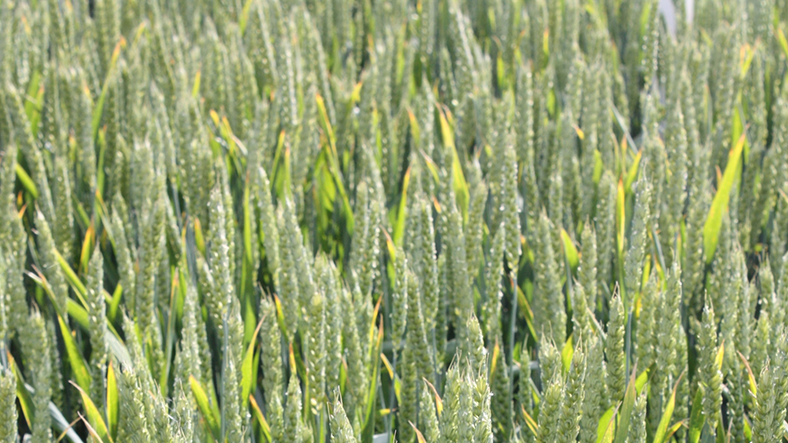
Varieties help Welsh grower beat challenging conditions
Based 10 minutes from St Brides Bay on the Pembrokeshire coast, Richard Darlington’s crops usually face high pressure from septoria, while mild winters with few frosts bring a significant risk from barley yellow dwarf virus.
That combination is why he has been keen to try RAGT’s BYDV-resistant varieties, with this year both RGT Grouse and RGT Goldfinch grown as a comparison in the same field.
“We’ve grown Grouse for a couple of years, but we have found it a little lacking in disease resistance, whereas Goldfinch has a better disease resistance package,” he says.
“As it turned out it wasn’t a year to test against disease with crops clean all the way through.”
That’s suited RGT Grouse, which tillered more profusely than RGT Goldfinch and produced a slightly bolder grain. “But despite the Goldfinch looking a little thin and more open, it yielded on the higher end compared with anything else.”
As a test, he also sprayed one tramline with insecticide for BYDV, but saw no difference between treated and untreated.
Richard has also been impressed by a small area of RGT Hexton, a new Group 4 soft wheat, especially its big, strong flag leaf and autumn vigour. “It gave big bold grain and had no disease problems,” he says.
With suitability for growing on his drought-prone red soils over sandstone, he’s planning to grow more Hexton to sit alongside RGT Highgrove, which has performed well on the farm for several years.

